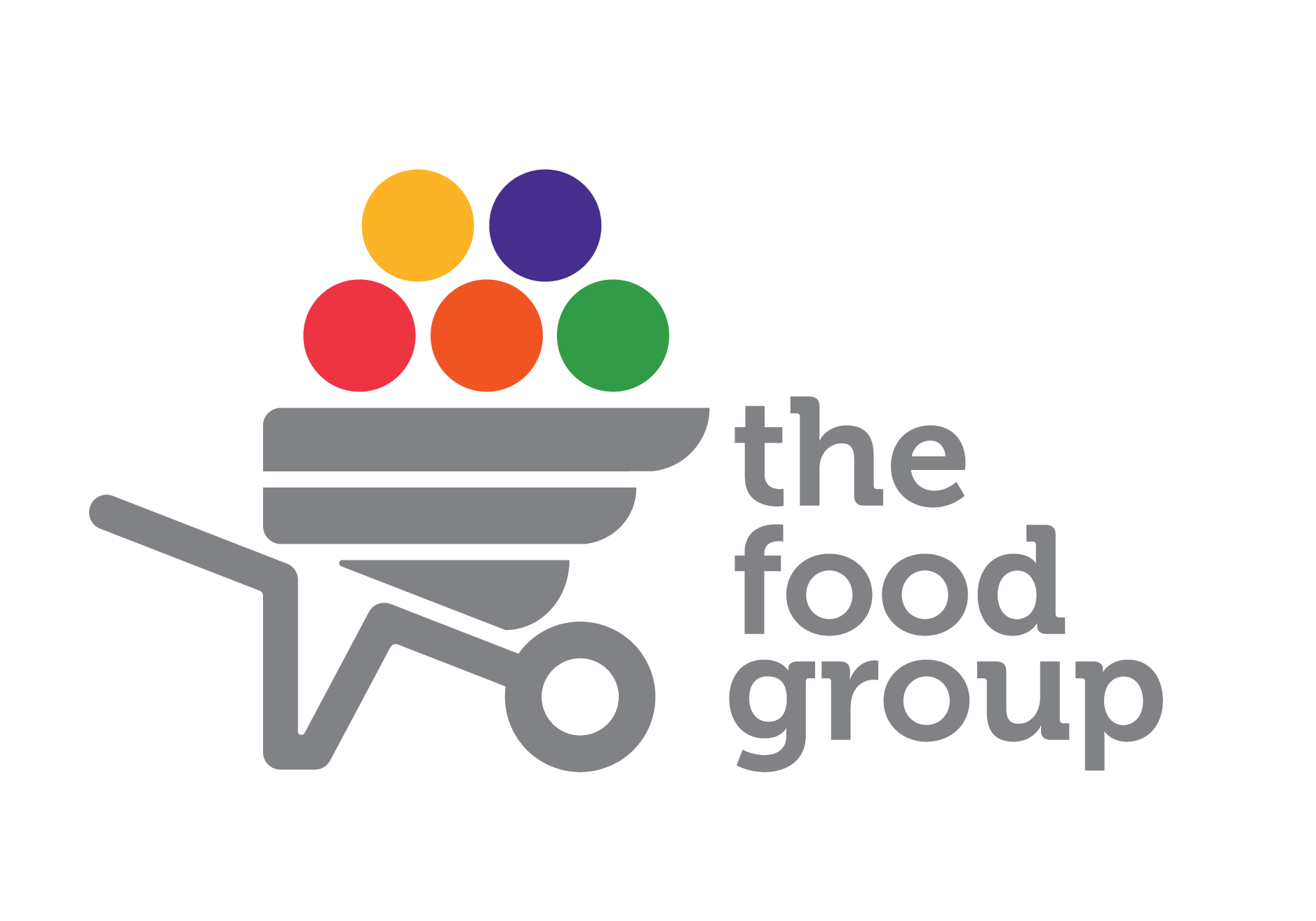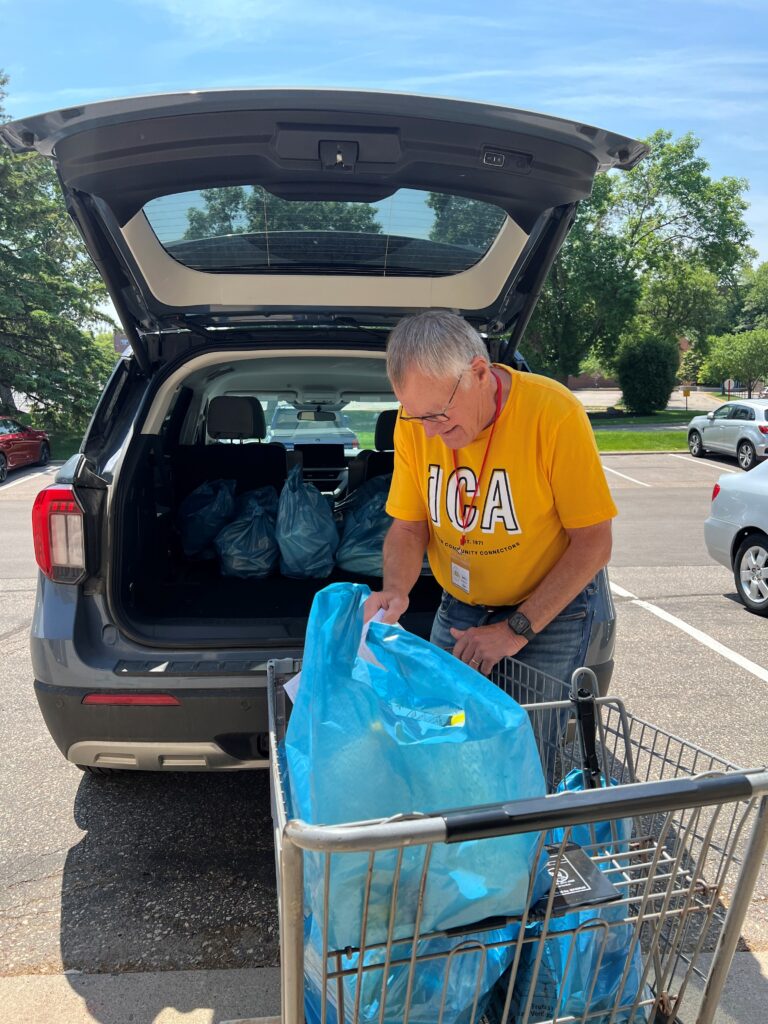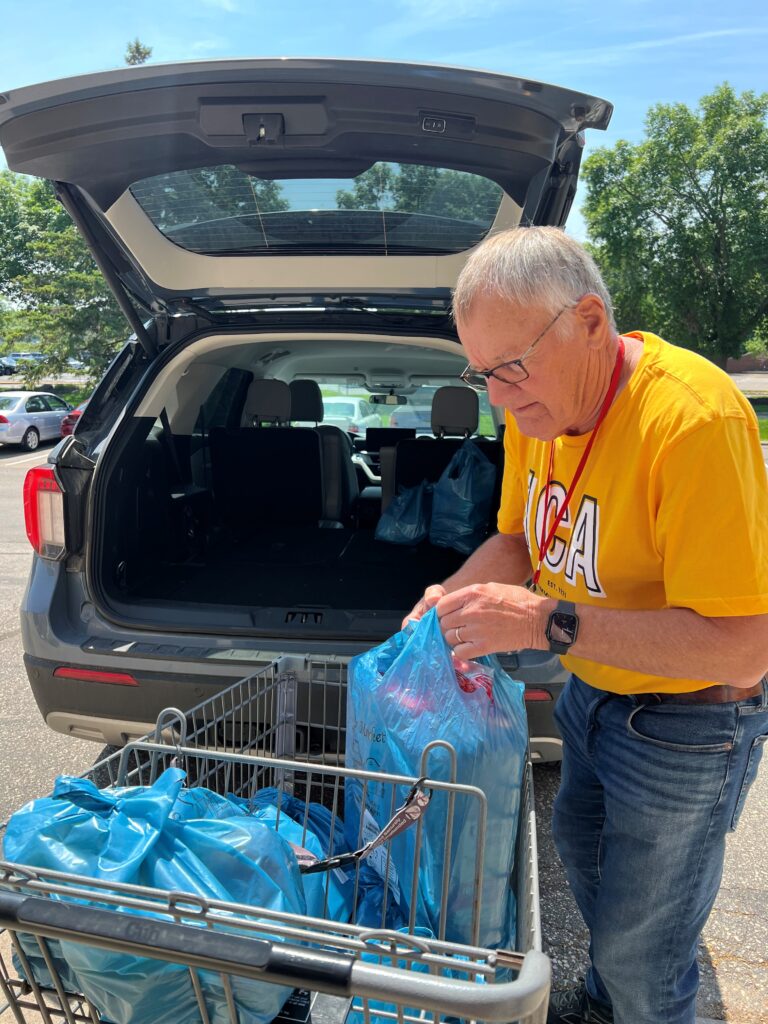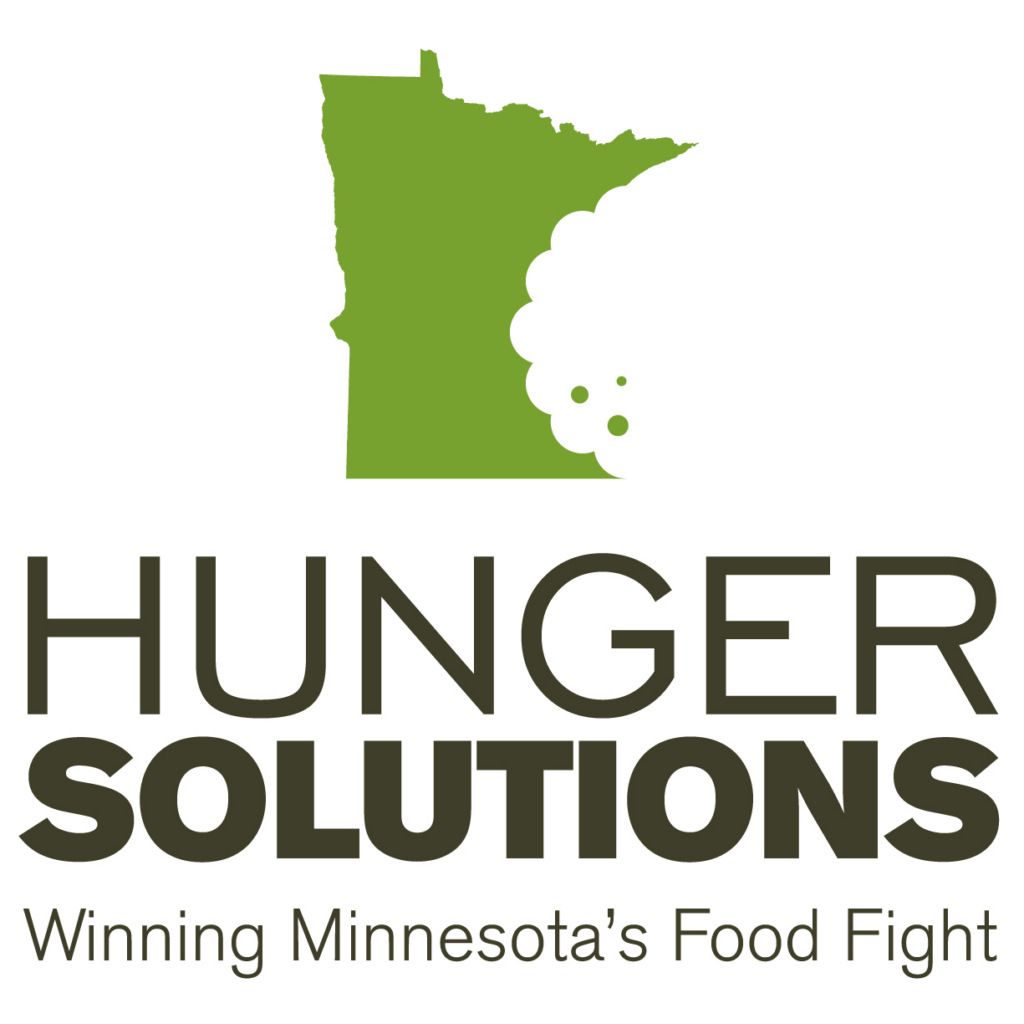Featuring two partner food shelves of The Food Group

Within the disability community, some prefer person-first language (person with a disability) while others use identity-first language (disabled person). We utilized both to reflect that diversity.
July is Disability Pride Month, a time to promote awareness of the disability community and advocate for equity and access. We’re honoring Disability Pride Month with a look at how food insecurity impacts people with disabilities and how two of The Food Group’s partner food shelves—Keystone Community Services and Intercongregation Communities Association (ICA)—are innovating to increase access.
A volunteer packs groceries for home delivery
Partnering to Increase Access
The Food Group partners with Keystone and ICA to supply nutritious, culturally connected food used to stock their food shelves, mobile grocery, and home delivery programs.
Keystone Director of Basic Needs and The Food Group Volunteer Board Member Georgi Nguyen commented on how the partnership increases their capacity:
“Without support from food banks like The Food Group, food shelf partners like Keystone would not be able to bring in as much healthy, nutritious food.”
When sustaining critical services like grocery home delivery, every dollar counts. Georgi added:
“We are really stretching our dollars by sourcing from a food bank and it’s making a bigger impact in terms of being able to bring in more food for folks at a lower cost.”
Food Security and Disability
27% of adults in the United States have one or more disabilities, and research shows a striking link between disability and food insecurity. People with disabilities are twice as likely to live in poverty and struggle to put food on the table. According to the USDA, 41% of food insecure households had at least one disabled adult in 2023.

Among households with very low food security, a staggering 49% had at least one disabled adult. The 2015 National Health Interview Survey found that over 1 in 4 SNAP participants have a functional or work limitation or receive federal government disability benefits.
Complex Barriers to Food Access
Adults with disabilities face complex, layered barriers to food access. One key barrier is transportation. Disabled adults often rely on public transportation or a ride with someone else to access food. Some must depend on a case worker’s schedule to get groceries.
And the obstacles don’t end with getting to and from the grocery store, said ICA Food Shelf Program Specialist Erin Wiedenman. There’s also the logistics of physically transporting groceries into your home. Erin added:
“Even if you were able to get here, you need someone that can help you bring it to your apartment when you get home.”
Another barrier, Georgi shared, is that grocery stores and food shelves are not always accessible. She shared a few examples of physical barriers shoppers can experience:
“If the shelves or aisles are too narrow, they can’t accommodate a wheelchair. Or they don’t have equipment needed for someone with limited mobility.”
Steps, non-automatic doors, and lack of handicap buttons or ramps also make shopping difficult for folks with mobility impairment. Beyond the physical, Georgi added, there are other aspects of the shopping experience to consider.
“There is a lack of accommodation for sensory or cognitive disabilities whether their font is small, they don’t have anyone to explain where to find things, or materials are not translated in other languages.”
Having unique dietary needs can be very expensive for disabled adults on limited incomes. It also presents challenges when shopping at food shelves with item limits.
The Power of Grocery Home Delivery
Keystone Community Services and Intercongregation Communities Association (ICA) have embraced creative solutions to these barriers. Both organizations launched grocery home delivery programs to help close the grocery gap for seniors and adults with disabilities. Many grocery delivery programs launched during the COVID-19 pandemic when grocery access became difficult and even dangerous for disabled and elderly Minnesotans. Georgi explained:
“We heard from community members that they were needing home delivery for groceries, whether they had chronic illnesses, were homebound, or afraid to leave their homes.”

Keystone’s once-a-month grocery home delivery program was born out of the COVID-19 era and currently serves around 150 households in Saint Paul and Roseville. ICA has been doing grocery home delivery for over 10 years. Their service is available twice a month and currently serves about 50 households in Minnetonka, Hopkins, Excelsior, Greenwood, Shorewood, and Deep Haven.
Grocery home delivery is an extension of a brick-and-mortar food shelf, allowing community members to select food that meets their dietary needs to be delivered right to their door. At their core, Georgi explained, Keystone’s program is about “making sure that folks who couldn’t come to us were still able to get groceries.”
For Keystone client Barb, the grocery home delivery service was a lifeline. Before entering the program, in 2020, Barb’s access to food was inconsistent due to transportation barriers. She remembers feeling constant anxiety about how and where she would get her next meal. Thanks to grocery home delivery, she has a sense of stability and a consistent food source, leaving more time to do what she loves.
Food Shelf Program Specialist Erin Wiedenman oversees ICA’s grocery home delivery program. She shared ICA’s philosophy:
“If you need food, you should be able to get it whatever way works for you.”
She also emphasized an equitable experience for mobile and home delivery participants: “it’s important for them to have access to the same options they could get if they came in person.”
Keystone and ICA said that grocery home delivery is a critical service, but it’s difficult to sustain. Both programs are mainly powered by dedicated volunteers who shop the order, pack food, and sometimes even deliver. Keystone and ICA also run mobile food shelves to further increase grocery access for elderly and disabled adults. Georgi explained why Keystone works so hard to maintain their grocery home delivery program:
“We know that it’s critical to our community being able to get folks food who otherwise would not have access to it.”
For ICA, the grocery home delivery program is paramount. Food Logistics Program Coordinator Bradley Wittman shared that he works with many participants who are wheelchair bound or homebound:
“They don’t have to think about how they are going to get food because they can just pick up the phone, call ICA, and know that within a week or two weeks, they can have a steady stream of groceries delivered right to their door.”
Everyone Should Have Access to the Food They Need to Thrive
Everyone should have access to the food they need to thrive. This conviction is at the heart of everything we do at The Food Group from bringing mobile grocery into communities without grocery options to supplying food to partners working directly with disabled community members to connecting Minnesota Food HelpLine callers with resources tailored to their unique needs.
Disabled Minnesotans face many barriers to accessing good food. Grocery home delivery is a powerful way that food shelves can meet people where they’re at and offer an equitable experience for people of all abilities. We’re proud to partner with Keystone and ICA in bringing nutritious, culturally connected food to our disabled and elderly neighbors.






You must be logged in to post a comment.